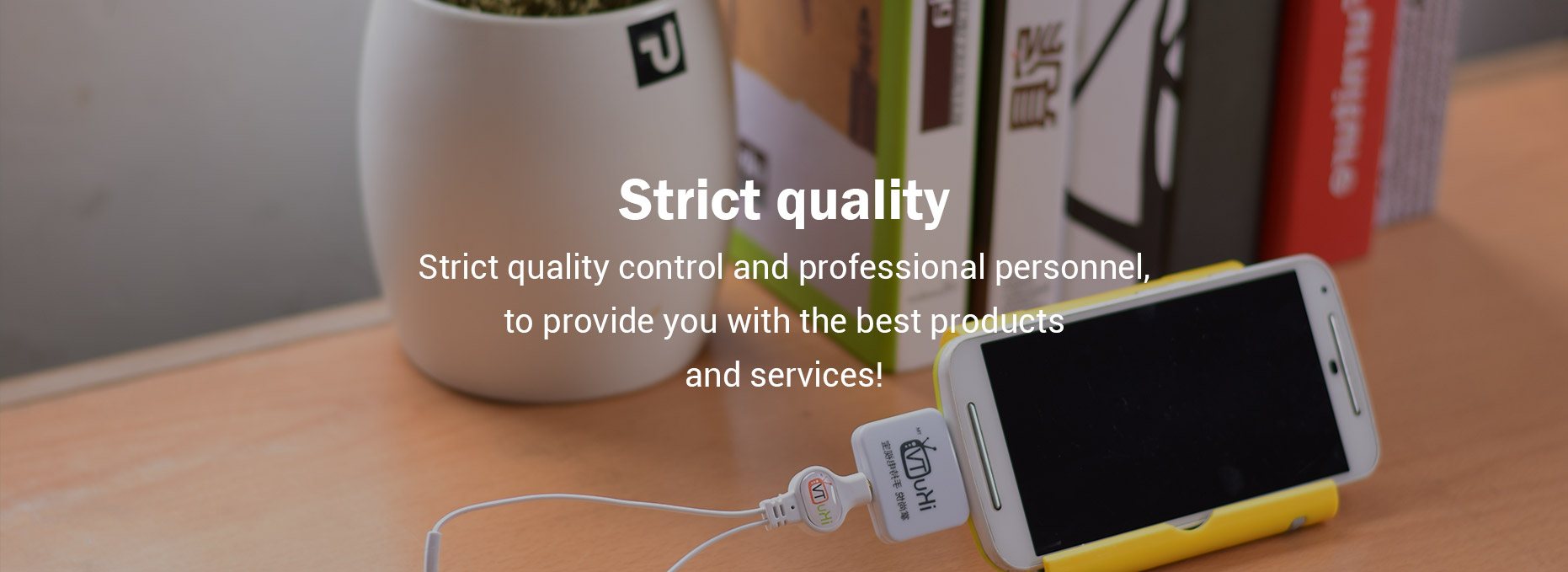Unlock Precision: Addressing Common Dosing Pump Challenges for Optimal Performance
In the world of fluid management, dosing pumps often encounter a myriad of challenges that can hinder their effectiveness. Understanding these challenges is essential for optimizing performance.
Want more information on Dosing Pumps(pt,es,ru)? Feel free to contact us.
Abstract: To achieve optimal performance from dosing pumps, it's crucial to identify and address common challenges such as improper calibration, wear and tear, and maintenance neglect. By implementing best practices and innovative solutions, businesses can unlock precision in their dosing applications.
Common Challenges with Dosing Pumps
1. Improper Calibration
Calibration errors can lead to inaccurate dosing, resulting in over- or under-dosing of chemicals. Regular calibration checks are vital for maintaining precision. According to a study by the American Chemical Society, improper calibration can lead to dosing errors as high as 20%.
2. Wear and Tear
Dosing pumps, especially diaphragm types, are subject to wear due to constant pressure and chemical exposure. In fact, a report from the Journal of Hydraulic Engineering indicates that 30% of dosing pump failures are due to wear and tear. Regular inspections and timely replacement of worn components can significantly extend pump life.
3. Maintenance Neglect
Lack of maintenance can drastically reduce dosing pump efficiency. A maintenance report from the International Society for Automation suggests that scheduled maintenance can improve pump performance by 40%. Implementing a proactive maintenance schedule is key to preventing costly downtimes.
Best Practices for Optimizing Dosing Pump Performance
1. Regular Calibration
Establish a routine calibration schedule, preferably monthly or quarterly, depending on usage intensity. This can ensure dosing accuracy and compliance with industry standards. Utilizing digital calibration tools can also minimize human error during the process.
2. Monitor Wear Indicators
Many modern dosing pumps come equipped with wear indicators. Monitoring these indicators can help identify potential issues before they escalate. Manufacturers often provide guidelines on acceptable wear levels which should be followed closely.
If you want to learn more, please visit our website.
3. Implement a Maintenance Program
Creating a checklist for routine maintenance can be beneficial. Include tasks like checking valves, replacing seals, and cleaning filters. The US Department of Energy recommends tracking maintenance activities to refine processes and prevent failures.
Case Study: Enhancing Efficiency through Precision
At a leading chemical plant, dosage discrepancies led to increased operational costs and safety concerns. After conducting an overhaul of their dosing systems, including new calibration tools and regular maintenance, they improved dosing accuracy by 25% while reducing chemical costs. This highlighted the critical role of effective dosing pump management.
Frequently Asked Questions
1. What are the different types of dosing pumps?
The main types of dosing pumps include diaphragm pumps, peristaltic pumps, and gear pumps, each suitable for specific applications based on fluid viscosity and chemical properties.
2. How often should dosing pumps be calibrated?
Calibration frequency depends on usage. However, monthly calibration checks are recommended for high-use applications to maintain accuracy.
3. What are the signs of wear in dosing pumps?
Signs of wear may include inconsistent flow, unusual noises, and visible damage to seals or diaphragm materials. Regular inspections are critical for early detection.
4. Can I perform maintenance on dosing pumps myself?
Yes, basic maintenance can often be performed by trained personnel, but ensure to follow the manufacturer’s guidelines and safety protocols. For complex issues, consult a professional.
5. What role do dosing pumps play in chemical processing?
Dosing pumps are essential for accurately introducing chemicals into processes, crucial for meeting product specifications and maintaining safety standards.
With competitive price and timely delivery, Autolin sincerely hope to be your supplier and partner.



Comments